
Over the last three weeks, two of my neighbors experienced kitchen fires… and as a professional cook, it has happened to me many times as well, so they are not alone! If you’re cooking a lot like many of my foodie friends, it’s really a matter of when — not if — you’ll experience your first fire.
But because it happens so rarely for most people, that’s exactly the reason why they are so scared and startled — and less mentally prepared. So invest 3 minutes to learn the proper techniques for dealing with kitchen fires!
Because my neighbors didn’t know if they were able to handle the fire, they called in the fire fighters… which is always a good idea if you’re not sure you can handle the fire!
To be sure, grease fires can escalate quickly, so call 911 as soon as you suspect you can’t control the fire. But here’s the basic steps how to put out a grease fire, and what not to do.
In a nutshell, we’ll extinguish kitchen fires… no matter if they happen in an electric or gas oven, no matter if they happen on the stove top or in the oven, no matter if they are triggered by excess grease or oven self-cleaning…. by removing the oxygen that the fire needs to continue.
Step 1: For starters, turn off the burner and get everybody out of the kitchen… if possible, have somebody at the ready to call 911.
Step 2: Stay clear of water… Pouring water on burning grease will instantly evaporate the water, causing tiny oil droplets to disperse throughout your kitchen… and creating a giant fireball that spreads the fire everywhere. The video below shows what happens on a stove top, but the results are the same for oven fires:
Also don’t carry the burning pan or pot outside, because you’ll likely spill burning grease and thus spread the fire. Remember, everybody is scared with a fire in their kitchen, so your hands won’t be as steady. My dogs go nuts when something flames up in my skillet or in door grill, because they feel my fear, but the trick is to stay focused and use one of the techniques below to stop the flames in their tracks.
Step 3: Remove the oxygen… here’s three ways depending on where the fire happens to be, and what tools you have on hand:
- Use a non-glass lid or baking sheet (for stove-top fires):
Cover the pan with a metal lid or metal baking sheet… the fire will quickly consume the remaining oxygen and then peter out. You could also use a metal salad bowl or a large wooden cutting board (if it’s not wet) — but don’t use anything plastic that could melt/burn. Also don’t use a glass-lid (or porcelain plate), as the flames could superheat and shatter the glass. - Use salt or baking soda (for oven fires):
Alternatively, you can smother the fire with baking soda or salt… depending how big the fire is, you may need quite a bit. Don’t use anything similar such as flour or baking powder, those aren’t heavy enough to smother the flames (and could even cause an explosion). The video below shows how effective this technique is for fires in electrical ovens. I have a big tub of baking soda in the front of my cabinet so it’s readily accessible. - Use a non-water fire extinguisher (stove-top or oven fires):
Of course, you could always douse the fire with a dry chemical fire extinguisher. Store a Class B kitchen fire extinguisher(or this slighly bigger model
) within easy reach, ideally between the kitchen and your nearest exit. Unlike water-based fire extinguishers, these dry chemical extinguishers have a red color — and are available for $20 from your local hardware store.
Step 4: This should extinguish the kitchen fire — but if you can’t get the flames extinguished, call 911 immediately and get out of the house.


 Are you ready to look better, feel more energized, and get back that youthful feeling you remember having as a kid? I can help you on a journey that will change the way you eat — for good. My
Are you ready to look better, feel more energized, and get back that youthful feeling you remember having as a kid? I can help you on a journey that will change the way you eat — for good. My 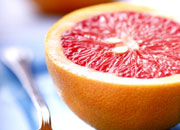





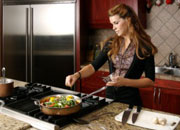
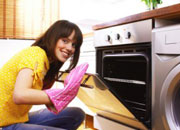




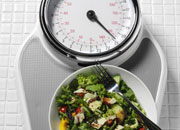


 As a healthy cooking expert, health coach and TV host,
As a healthy cooking expert, health coach and TV host, 

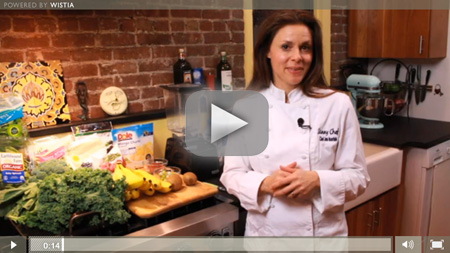

Speak Your Mind